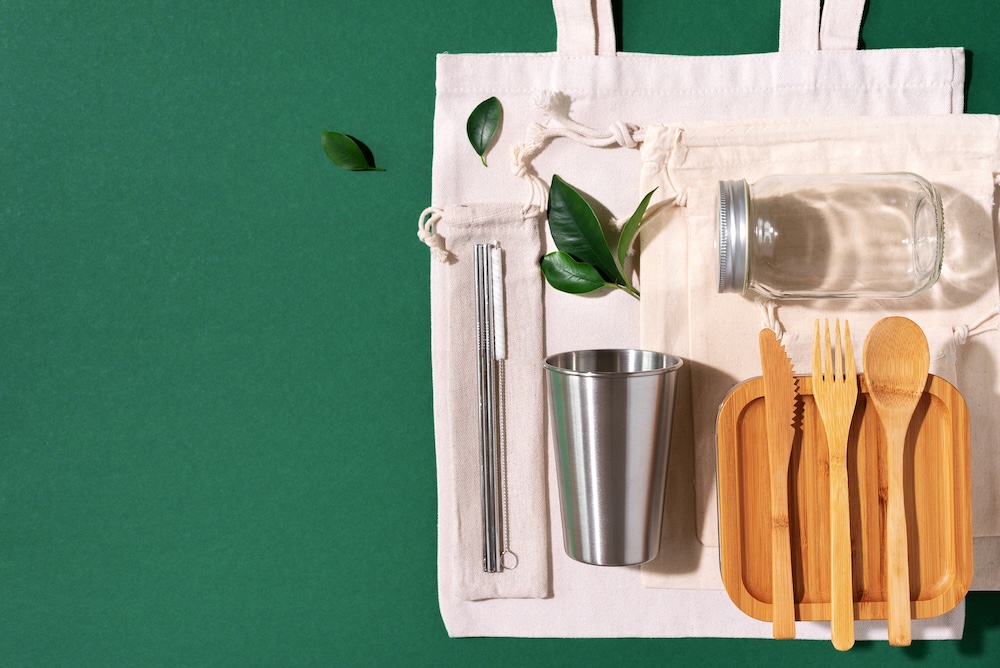What Is a Circular Economy—and Why Should Families Care?
At its core, the circular economy is about designing out waste, keeping materials in use, and regenerating natural systems. It’s a model inspired by nature—where nothing is wasted and everything has a role.
For families, this isn’t just a buzzword. It’s a practical, everyday way to raise thoughtful kids, reduce your footprint, and build a more sustainable home—without adding stress or complexity.
Why It Matters at Home
The average American produces more than four pounds of waste per day, much of it from everyday household items: single-use packaging, broken toys, outgrown clothes, and tossed leftovers. Most of it ends up in landfills or incinerators.
But circular living offers another path.
By rethinking how we use, reuse, and discard everyday items, families can:
- Spend less and waste less
- Teach kids about value and responsibility
- Build healthier, more intentional homes
- Contribute to a bigger shift in how communities consume
Core Concepts of a Circular Home
Design Out Waste
Avoid products that are built to be disposable or break easily. Look for durable, multi-use, or repairable alternatives.
Keep Resources in Use
Pass things on. Swap, repair, repurpose, or donate instead of throwing away. Make things last.
Regenerate Nature
Compost food scraps, garden with care, and use biodegradable materials that return to the earth without harm.
Circular Living in Everyday Family Life
In the Kitchen
- Swap paper towels for washable cloths and napkins
- Use beeswax wraps and reusable food containers
- Buy pantry staples in bulk to reduce packaging
- Turn vegetable scraps into broth
- Compost food waste using indoor bins or community drop-off sites
In the Closet
- Shop secondhand or trade clothing with other families
- Host a seasonal kids’ clothing swap
- Teach basic sewing and mending
- Repurpose old fabrics into rags, quilts, or costumes
- Donate outgrown items regularly
In the Toy Bin
- Prioritize toys made from wood, recycled materials, or fabric
- Organize toys into rotating bins to keep interest fresh
- Repair broken toys when possible
- Share or pass on toys to friends, preschools, or shelters
- Encourage DIY play—cardboard boxes, homemade instruments, nature-based crafts
At School and Work
- Send kids with waste-free lunches using stainless steel containers or wax wraps
- Choose recycled notebooks and refillable pens
- Reuse folders and supplies before buying new
- Encourage kids to finish their supplies before starting new ones
- Model minimalist digital use—declutter inboxes and digital files
In the Garden or Yard
- Compost leaves, grass clippings, and food scraps to enrich soil
- Start a small herb or vegetable garden
- Use leaves as mulch instead of bagging them
- Build or buy rain barrels to reduce water use
- Avoid synthetic pesticides and fertilizers
Teaching Kids Circular Thinking
Children naturally ask, “Why?” Use that to spark circular conversations.
- Why do we throw things away?
- What happens to things when they leave our house?
- Could we use this again in a new way?
- What would nature do with this?
Involve kids in sorting recyclables, creating compost, fixing broken toys, and donating old clothes. When they see how things can have more than one life, they build habits that last.
Simple Circular Habits for Families
- One-In, One-Out Rule: For every new toy or piece of clothing, donate or repurpose something old
- Fix-It Fridays: Choose one thing in your home to repair or improve each week
- Library Love: Use your public library for books, games, and even tools
- DIY Days: Make homemade gifts, cleaners, or crafts using items you already have
- Neighborhood Swaps: Host a gear swap—think bikes, boots, kitchen gadgets, baby items
Common Questions from Parents
Is this realistic for busy families?
Yes. Start small. You don’t need to overhaul your life—just replace one disposable habit with a better one at a time. Circular living often saves time and money in the long run.
Isn’t some plastic okay?
It can be. Circular living isn’t about guilt—it’s about intention. Use what you already have. Avoid unnecessary new plastic when there’s a better alternative.
My kids don’t seem interested. What should I do?
Make it fun. Let them sort, build, repurpose, and be messy. Frame it as a challenge or a game. Model your own enthusiasm—kids absorb more than we think.
Does this actually make a difference?
Yes. The collective habits of households shape demand, packaging, and even local policy. What happens at home ripples out into schools, communities, and future generations.
Final Thoughts
Circular living isn’t about perfection—it’s about choosing better pathways, again and again. When families adopt circular habits, they raise kids who understand that things don’t just disappear when we toss them—and that everything we use comes from somewhere.
It’s not about doing everything. It’s about doing something, consistently.
Whether you’re swapping lunch bags, fixing a wobbly chair, or starting a compost pile, you’re modeling care. You’re teaching stewardship. And you’re quietly building a home that gives more than it takes.









Reader Interactions